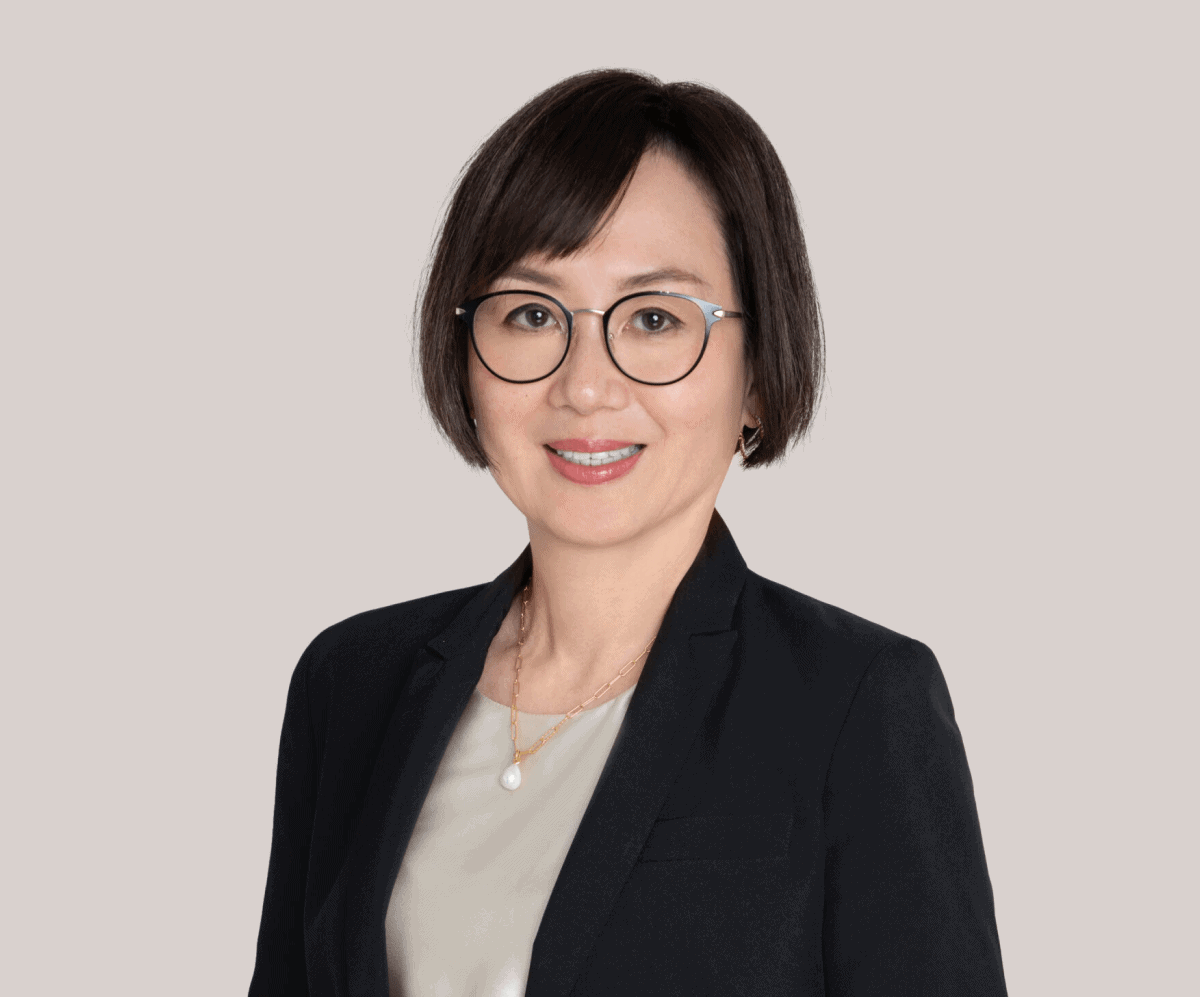Assisted Reproductive Technology Laws in Hong Kong
Due to advances in reproductive medicine, women in their 40s and beyond are now able to give birth to healthy babies. Although controversial, it was reported in 2005 that a 66 year old Romanian woman had given birth to a healthy baby girl through in-vitro fertilisation (IVF).
Assisted reproductive technologies have significantly improved the ability for older women to become pregnant and successfully deliver live babies. The US Centers for Disease Control and Prevention defines assisted reproductive technology as “all fertility treatments in which either eggs or embryos are handled”. This year, the world’s first “test tube” baby born via IVF, Louise Brown, celebrates her 46th birthday. In Hong Kong, the first reported successful birth via IVF was reported in 1986.
Egg freezing
It has been estimated that females are born with a finite, lifetime supply of approximately one million oocytes (immature eggs) which decrease in quality and quantity beyond the mid 20s, when peak fertility has been observed. Freezing high quality eggs during the prime childbearing years for later use is now considered practical when one is not ready to become pregnant.
Egg freezing has become more popular in recent years, particularly in the pandemic and post pandemic era. TIME Magazine surveyed a fertility practice with over 50 clinics in the US and it reported a 50% increase in the number of women freezing their eggs between 2019 and 2021.
In Hong Kong, there are no age or marital status restrictions on women who wish to freeze their eggs. Frozen oocytes (i.e., eggs) can be stored for up to 10 years, and since women are advised to freeze their eggs before the age of 35 due to declining egg quality, this storage limit tries to cap potential pregnancies at age 45.
The public healthcare system offers women suffering from cancer under the age of 35 years with egg freezing services if they have not had chemo or radiotherapy, demonstrate adequate follicle count upon pelvic scanning and have a greater than 50% predicted survival rate post cancer treatment. The costs of egg storage still need to be borne by the patient.
In most other instances, the total costs of egg freezing must be funded by patients, either out-of-pocket, through private insurance, or a combination of both.
IVF
When a patient is ready for pregnancy, her oocytes may be harvested or thawed and then used in IVF, described by the Mayo Clinic as a process whereby “…eggs are collected… and fertilised by sperm in a lab. Then a procedure is done to place one or more of the fertilised eggs, called embryos, in a uterus, which is where babies develop.”
Unfortunately, a woman must be legally married in a monogamous relationship to have her eggs fertilised using IVF pursuant to the Hong Kong Code of Practice on Reproductive Technology & Embryo Research (the Code). Since same sex marriage is not yet legally recognised in Hong Kong, couples in same sex marriages and single women are not yet able to access post egg freezing services leading to live pregnancies. Appendix IV of the Code does allow for the transfer of eggs outside of Hong Kong to an IVF centre licensed or established according to the laws where the centre is situated. Section 4 of the Human Reproductive Technology Ordinance established the Council on Human Reproductive Technology, which oversees the 2002 Code.
Three public hospitals are able to provide public IVF services to a couple where the wife is a Hong Kong permanent resident under the age of 40 years with no biological children. The waiting period for the initial IVF appointment could be up to three years and patients still need to pay out-of-pocket for medication, certain procedures and embryo storage (if applicable).
Surrogacy
Through IVF, a woman can serve as a surrogate in Hong Kong, carrying an embryo through to childbirth, but only for a couple in a legally recognised marriage, again ruling out same sex couples. Commercial surrogacy (i.e., receiving monetary payment) is prohibited pursuant to section 17 of the Human Reproductive Technology Ordinance and therefore only altruistic surrogacy is allowed. Furthermore, section 18 of the Human Reproductive Technology Ordinance goes on to state that surrogacy agreements are not enforceable so altruistic arrangements may ultimately be rescinded by either party to a surrogacy agreement.
Pursuant to Chapter XII of the Code, a multi disciplinary team must provide a commissioning couple and the surrogate mother (and her husband if applicable) with counseling so the parties are able to understand the ethical, legal, medical, moral and social implications of the surrogacy arrangement. The counseling team must consist of two registered medical practitioners, a legal professional, a social worker and/or a clinical psychologist. Recommendations on the surrogacy arrangement including the reasons and details for the surrogacy must be recorded by the multi disciplinary team.
Hong Kong legal framework for assisted reproductive technology
Hong Kong’s legal framework illustrates the complex intersection between restrictive marriage laws and reproductive rights in Hong Kong.
By 2023, Hong Kong’s fertility rate had plummeted to 0.75, one of the lowest in the world. The reasons have been attributed to, amongst other factors, health conditions, a society inhospitable to child rearing, desire to have freedom, fear of financial burdens and responsibilities, career ambitions, lack of childcare options, short parental leaves, an overly competitive schooling system and/or lack of a suitable co-parent.
It may be time to review and update the laws in relation to assisted reproductive technology in order to help support higher fertility rates in the HKSAR, enabling more women to successfully give birth.
Disclaimer: This article is for reference only. Nothing herein shall be construed as Hong Kong legal advice or any legal advice for that matter to any person. Oldham, Li & Nie shall not be held liable for any loss and/or damage incurred by any person acting as a result of the materials contained in this article.
作者
最新文章

 香港中環雪厰街二號聖佐治大廈五樓503室
香港中環雪厰街二號聖佐治大廈五樓503室 +852 2868 0696
+852 2868 0696
















